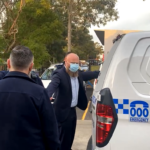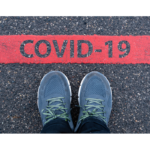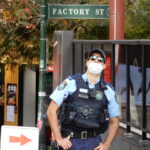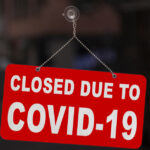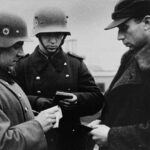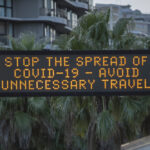Fairfield: A Diverse Southwest Sydney Community Under Siege
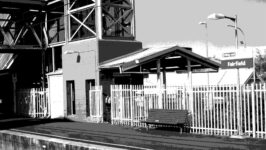
Over the past three weeks of lockdown, NSW premier Gladys Berejiklian’s 11 am COVID press conference has become an everyday part of life for Sydneysiders.
Although, the tone has grown graver as the “out in the community” case numbers continue to remain high.
Gone is the quipping about the “great” weather that occurred in the first weekend of the lockdown, when the cluster of cases was centred upon the affluent and predominantly Anglo Bondi and surrounding Eastern Suburbs, where the shutdown was so relaxed that picnics were held in the park.
Instead, as the virus spread from the “soft” lockdown to southwestern Sydney, NSW police deployed 100 extra officers to three local councils the following weekend, with it readily being flagged that the mainly migrant and refugee communities of lower socioeconomic backgrounds posed a greater risk.
So, quite unlike the soft approach to residents of the east, those in Canterbury-Bankstown, Liverpool and Fairfield LGAs were further told last week they’d be restricted to their areas, and those deemed “essential” working outside of them had to undergo an extreme COVID testing regime.
And as Berejiklian’s morning appearances continued late last week, one thing became apparent: Fairfield local government area has become the chief culprit of the current outbreak, and not the slow-motion lockdown that let the virus spread, and nor are the sunbathed communities of the east.
Policing the virus
“The optic was profiling our community,” Fairfield City councillor Dai Le told Sydney Criminal Lawyers. “It targets our community.”
“Fairfield City overall has very much been targeted by the media in the past,” she continued. “So, sending the 100 police – with media capturing those pictures of police on horseback – did not bode well in terms of the relationship with police and the diverse community.”
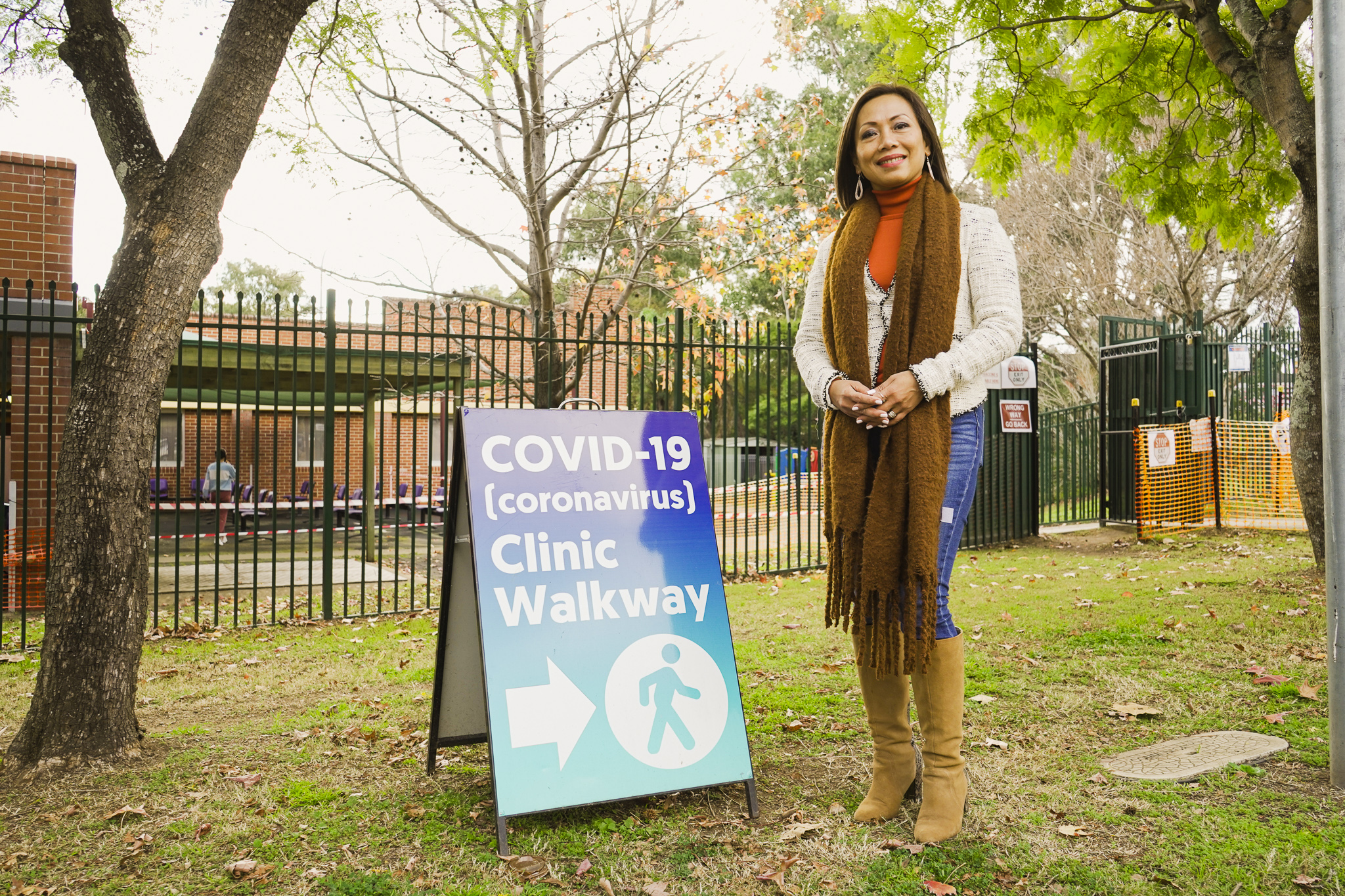
The former ABC journalist stressed that the Fairfield community is largely made up of non-English-speaking migrants and refugees.
Indeed, in 1979, Le arrived in Australia after her family fled Vietnam in 1975, and then spent years in refugee camps in Hong Kong.
The deployment of the extra police into the three southwestern LGAs was highly visible both on the street and in the media. And it comprised of mounted police, the dog unit, highway patrol cops, PolAir, traffic police and general duties officers.
“Over the decades, there has been a tense relationship with police,” the councillor added. “I know NSW police has worked hard over the last few years to try and breach that. But the decision to have a very public show of force… didn’t sit well, especially with people living here.”
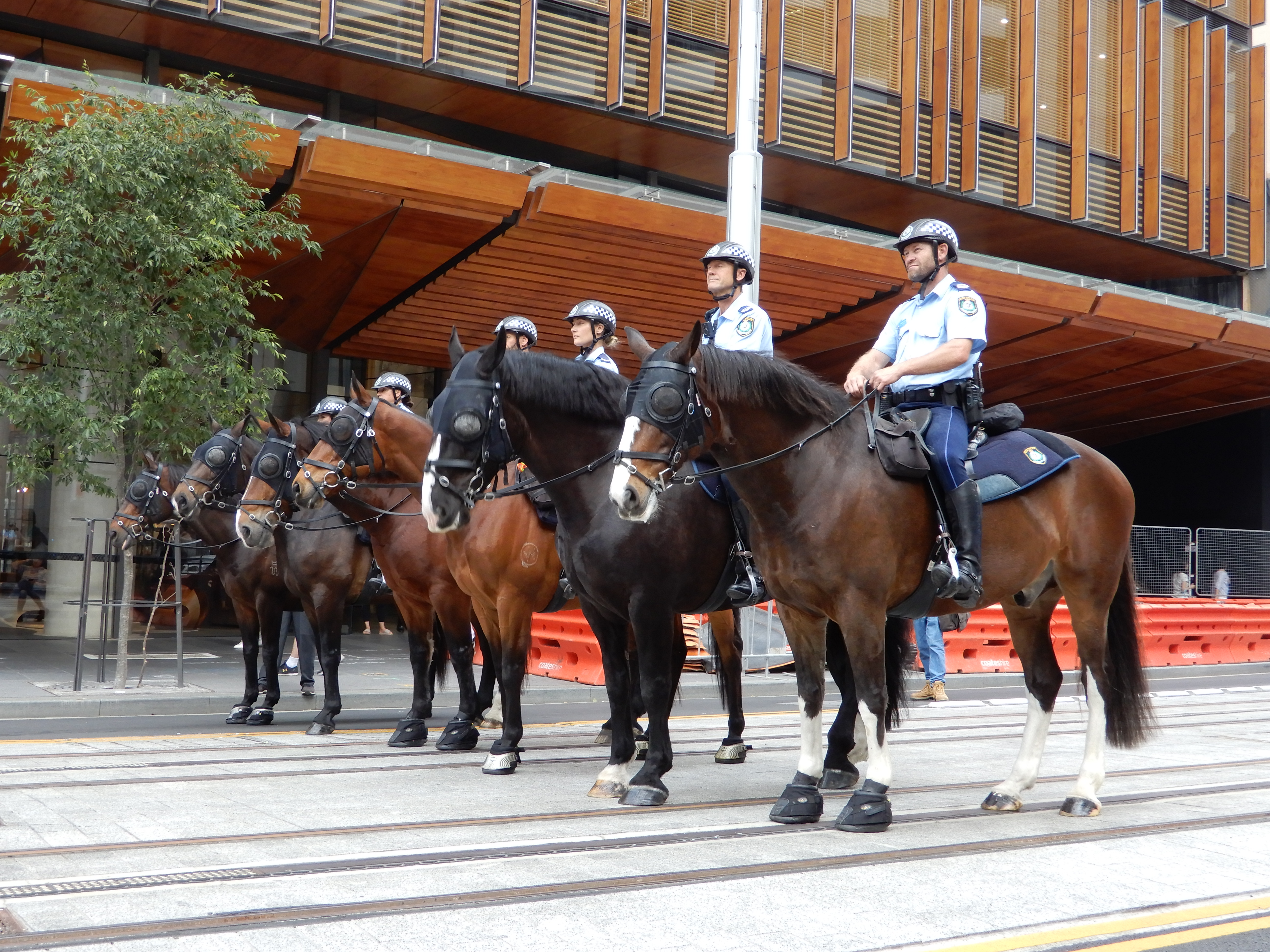
Scapegoated
To deal with the southwest outbreak, surveillance COVID testing every three days was made mandatory for locals employed outside of the three LGAs that had been singled out. This initially resulted in lines of locals from the multicultural areas waiting for up to eight hours to receive a test.
A further spike in detected COVID cases in the Fairfield area began towards the end of last week. So, this 72 hour testing regime – which is on top of people’s normal working hours – continues solely for those living within the Fairfield local government area.
While over the last weekend, when the government decided to place greater restrictions on workers travelling out of the local area to work, it suddenly became apparent that Greater Sydney is extremely reliant upon transport and service workers from the Fairfield region.
“These aren’t families who have the privilege of going home while the lockdown is affecting everybody,” Le made clear. “Many of these frontline workers don’t have that opportunity. They have to turn up. So, to put this onerous task on them is unfair.”
“No other area has been asked to get tested every three days,” she continued. “So, why were we chosen to do more than the rest of the community, when it didn’t start with us. It came here. And our community is stepping up, which was evidenced by all those turning up to get tested.”
Long-term stigmatisation
According to the independent Fairfield councillor, the treatment her local area is receiving under the Berejiklian government at present is going to have “huge social and economic ramifications going into the future”.
Le asserts that the closure of Fairfield area businesses during the enhanced lockdown will have implications for the entire country, as, she asserts, southwest Sydney is “the manufacturing hub for the rest of Australia”.
But perhaps the greater impact will be the social consequences.
“What will this mean in the future for our residents, when they go out to work, and they have to be profiled, and asked where they are from and have they been tested,” Le questioned. “Can you imagine going to work and being asked where you come from?”
“We have been labelled in the past: back in the 1990s, with Cabramatta,” she recalled. “Now we’re being labelled again. This is not on. Our community has shouldered the 9,000 refugees who’ve settled here. We have done so much for this state.”
Cabramatta is one of the suburbs in the Fairfield LGA. From the late 1980s to the early years of this century, it became the focal point of the Sydney heroin trade. And it was also the focus of a number of NSW police “war on drug” crackdowns, with questionable results.
One outcome of the heavy-handed law enforcement and media circus that descended upon the southwestern Sydney suburb was a demonisation of place and residents, with a resulting stigma that continues to linger to this day.
There must be a better way
At her 11 am COVID update on 20 July, Berejiklian thanked Fairfield specifically for the large numbers of people who’ve gotten tested. And she added that the southwestern LGAs continue to be the major areas of concern.
However, a throw away thanks may not be enough after the wider Fairfield community has been singled out for special treatment.
“Everybody in our community would like to see the whole COVID situation curbed. Everybody should have been locked down much earlier,” the councillor stressed. “There’s an invisible wall that’s been created around the Fairfield LGA, and a second ring around the southwest of Sydney.”
“The point where COVID erupted in July last year at the Casula Crossroads Hotel is when we should have gotten harsh with testing. We should have put in resourcing for testing and encouraged people to get tested 12 months ago,” Le concluded.
“Secondly, where was the vaccine rollout?”


